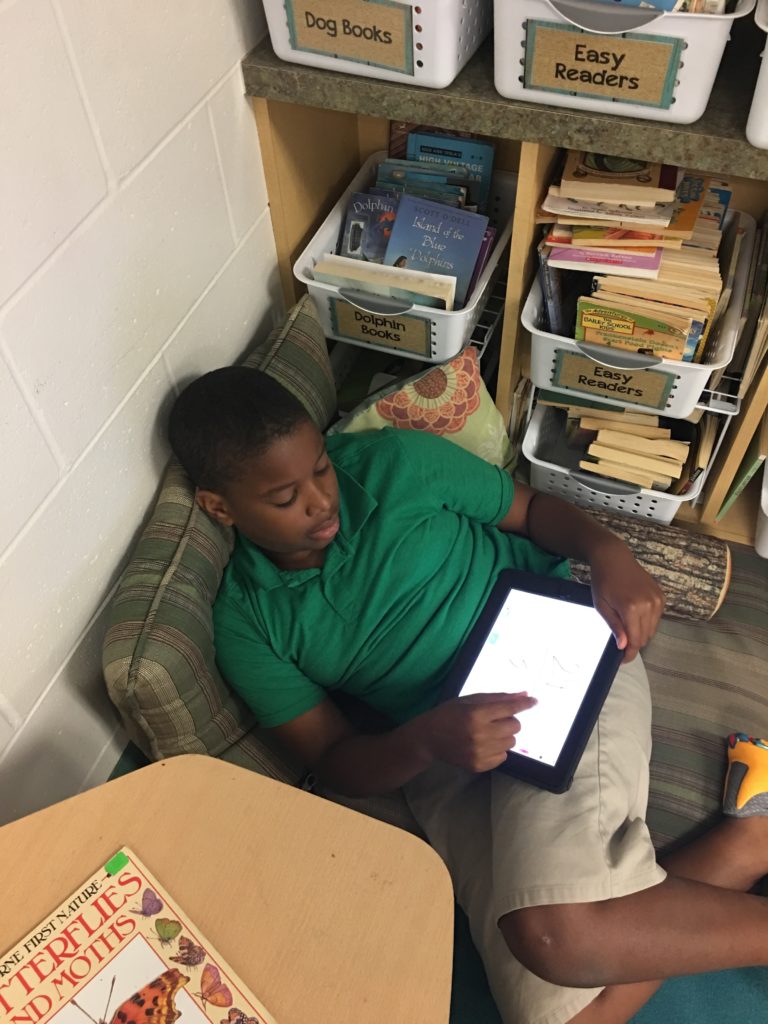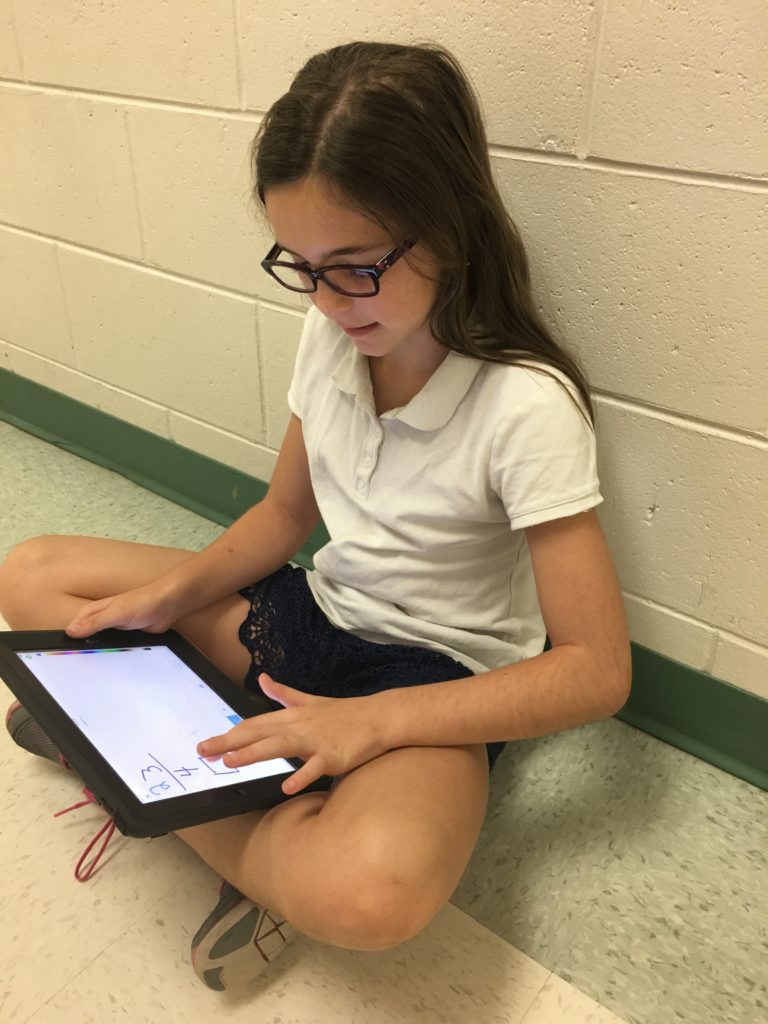They say “it is never too late to teach and old dog new tricks,” and from my experience, that’s true! As an elementary school teacher, I have been required by the Shifts in Mathematics to examine my teaching strategies and make instructional changes. Without a doubt, the biggest change for me had to do with how I supported conceptual understanding with my students. Beyond simply checking for right answers to textbook problems, I wanted to find ways to identify whether my students were developing a deeper understanding of the content I was teaching them. I wanted to understand their thinking and ensure they were truly problem solving and not just mimicking a solution method.
One way that students can demonstrate conceptual understanding is by solving a math problem while articulating what they are doing. When students explain their thinking about a math problem, it gives the teacher insight into a student’s metacognitive thinking and ability to use math language. Teachers can examine the student’s explanation for error analysis and recognition of misconceptions – going beyond just right or wrong to find out where and why students reached the wrong conclusion.
In addition, listening closely to student language allows the teacher to examine his/her teaching of the concept. Did the student take on the language appropriate to the concept that was taught? Analysis of student language can highlight imprecise math language used by the teacher. Technology like Seesaw offers an excellent way to facilitate this process. Seesaw, which offers both free and paid versions of its product, is a digital portfolio for the classroom that allows students to document their learning, encouraging deeper understanding and reflection. Students are able to create a video recording of themselves solving a math problem on a whiteboard. They can use the Draw feature to illustrate the mathematical problem and the Record feature to capture their explanation of each step of their solution process. I tried this out while teaching fractions as a fourth grade teacher. Students took turns recording themselves in various “quiet zones” such as the hallway, corners of the room facing the wall, and even the bathroom, using eight iPads.


A creative way to expand the availability of technology in your classroom is to partner up with a classroom teacher who has special area for technology that is utilized at a different time than you, and “share” devices. I have buddied up with a first grade classroom. iPads are able to record on Seesaw without utilizing any special equipment such as headphones or microphones, so I didn’t need any other technology. During this time, I worked with a small group while the remaining students used SuccessMaker or IXL on laptops for self-paced mathematics.
I asked students to show how to change a fraction greater than one (23/4) to a mixed number. This link is an example from one of my students – https://app.seesaw.me/pages/shared_item?item_id=item.68fcc2b3-7e70-41d6-8737-2515071d7470&share_token=Vha8ttK7QOyynmC-WgtE9w&mode=share.

After watching the student recording, the teacher can respond with comments or questions that can further the math conversation. Through the program teacher and student can communicate back and forth as many times as they want. After doing this problem, I had to question if I had used the language “improper fraction” because several students used it in their video along with “a fraction greater than one.” Parents are also able to view their child’s recording and join the conversation when connected to their child’s Seesaw account. This has major benefits as many parents have struggled to understand the Shifts in Mathematics. The more students “talk math,” the greater their understanding and mathematical competence. The more teachers listen to students’ “math talk,” the easier it will be to shift our mathematical teaching. Finally, the more parents are exposed to the Shifts, the less resistant they will be to the Shifts and the greater their confidence will be in supporting their child mathematically!
















